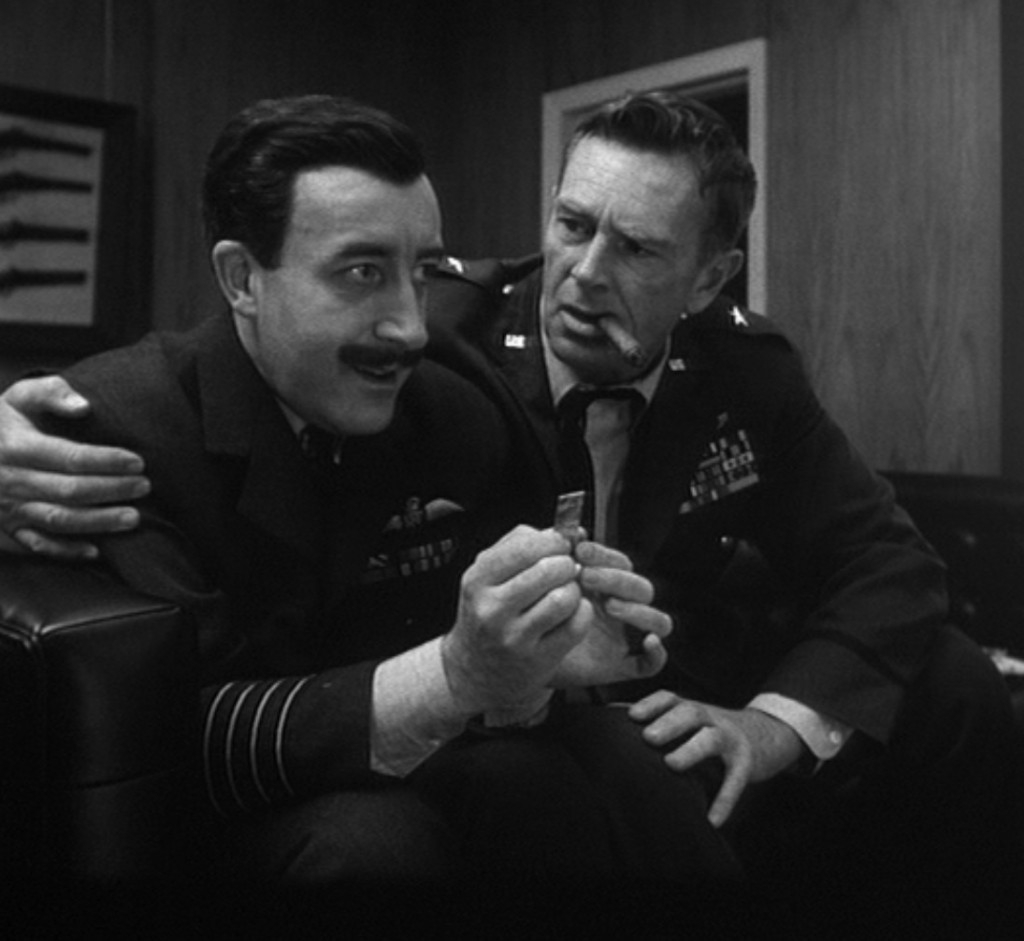Why do the US media believe the worst about Iran?
By Brian Whitaker, Wednesday 9 November 2011 10.36 EST
…
“One of the oldest tricks in the run-up to a war is to spread terrifying stories of things that the enemy may be about to do. Government officials plant these tales, journalists water them and the public, for the most part, swallow them.” I wrote this paragraph in December 2002, some three months before the US launched its invasion of Iraq, but it seems just as applicable today in relation to Iran.
The Iraq war of 2003 followed a long media build-up in which talk about Saddam Hussein’s imaginary weapons of mass destruction, simply by virtue of its constant repetition, led many prominent journalists to abandon their critical faculties. The Washington Post, for instance, devoted an extraordinary 1,800 words to an extremely flimsy (but scary) story suggesting Iraq had supplied nerve gas to al-Qaida. The paper later conceded that its coverage of the Iraqi WMD issue had been seriously defective, but by then it was too late to undo the damage.
At the New York Times, meanwhile, star reporter Judith Miller was churning out more alarmist stuff about Iraq. One story concerned US attempts to stop Iraq importing atropine, a drug used for treating heart patients which is also an effective antidote against pesticide poisoning … and nerve gas. There were various possible interpretations, but the implication of this tale, as presented by Miller, with assistance from anonymous official sources, was that Iraq not only possessed nerve gas but intended to use it and wanted to protect its own troops from the harmful effects.
Another of Miller’s “scoops” was an unverified claim that a Russian scientist, who once had access to the Soviet Union’s entire collection of 120 strains of smallpox, might have visited Iraq in 1990 and might have provided the Iraqis with a version of the virus that could be resistant to vaccines and could be more easily transmitted as a biological weapon.
The story collapsed shortly afterwards when it emerged that the scientist had not, after all, visited Iraq in 1990. Just to be on the safe side, though, the Bush administration still pressed ahead with a smallpox vaccination programme – much to the delight of pharmaceutical companies.
Fast-forward to 2011 and we’re left wondering if these same newspapers have really taken on board the lessons of Iraq. Here, for example, is David Sanger, chief Washington correspondent of the New York Times, writing in its Sunday Review last weekend:
At the White House and the CIA, officials say the recently disclosed Iranian plot to kill the Saudi ambassador to the United States – by blowing up a tony Georgetown restaurant frequented by senators, lobbyists and journalists – was just the tip of the iceberg.
Note how the allegation of an “Iranian plot” in the US – which was greeted with a good deal of scepticism when it first surfaced last month – now appears to have become an established fact (even though it has yet to be tested in court). Not only that. Sanger’s anonymous officials are now asking us to believe it is part of a bigger and even more menacing Iranian plot which stretches across continents from the Yemen to Latin America.
At the Washington Post, meanwhile, Joby Warrick has been briefed by David Albright, a former UN weapons inspector who now heads the Institute for Science and International Security. Citing Albright, Warrick describes Iranian work on a detonation device known as the R265 generator:
“According to the intelligence provided to the IAEA, key assistance in both areas [design and testing] was provided by Vyacheslav Danilenko, a former Soviet nuclear scientist who was contracted in the mid-1990s by Iran’s Physics Research Center, a facility linked to the country’s nuclear programme.”
The way this is presented in the Washington Post, it points very clearly to the idea that Iran was working on a trigger for a nuclear bomb. But look elsewhere and that interpretation becomes less certain: possibly it wasn’t nuclear at all, but a project to manufacture nanodiamonds.
Of course, these are extremely murky waters and I’m not at all sure who to believe. There is probably a lot of deception taking place on both sides. But what seems to me extraordinary is the reluctance of journalists – especially in the US mainstream – to acknowledge the uncertainties and their willingness to accept what, as far as Iran is concerned, are the most incriminating interpretations.
…
http://www.guardian.co.uk/commentisfree/2011/nov/09/us-media-iran-scare-stories or http://bit.ly/uh02ob
Photograph of Peter Sellers as Group Captain Lionel Mandrake RAF and Sterling Hayden as Brigadier General Jack D. Ripper USAF from the 1964 film Dr. Strangelove Or: How I Learned To Stop Worrying And Love The Bomb. http://www.flickriver.com/photos/78792726@N00/2926131124/


2 comments
I hate to be a pessimist but I am certain that if by some chance a Republican gets into the White House, we will be at war with Iran within days.
Author
If your pessimism bears out, such a misadventure will quickly make the previous Republican’s two others (one of which is America’s longest-running quagmire) seem like childplay. How do we change this culture that celebrates death and ignorance under the guise of patriotism?